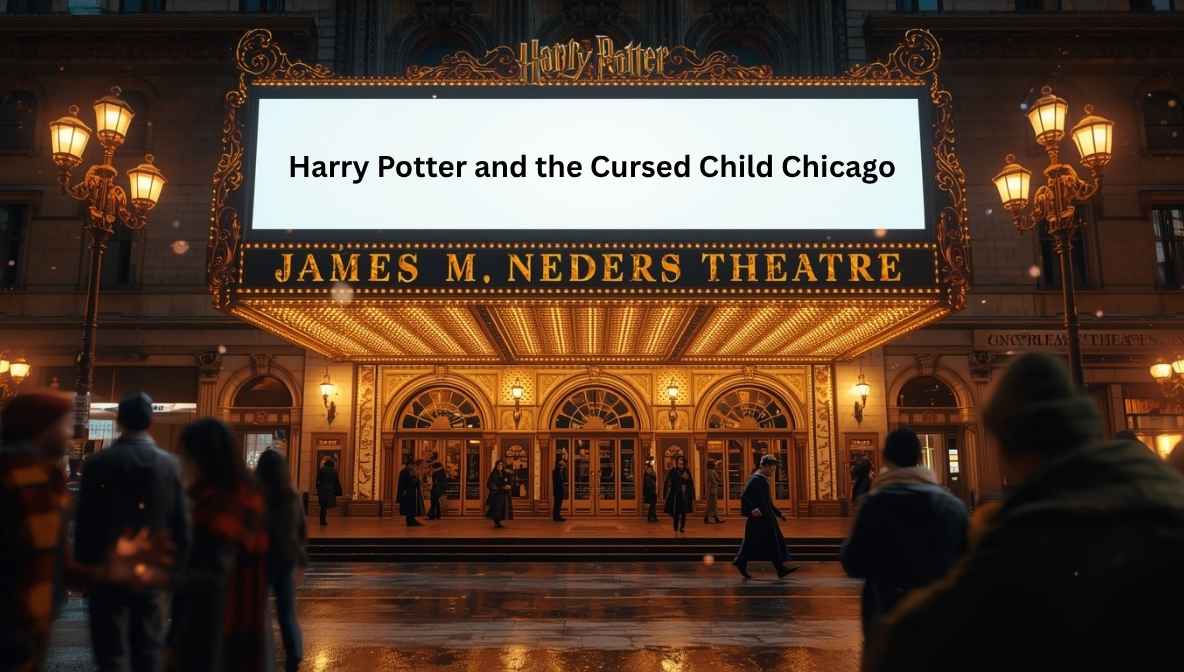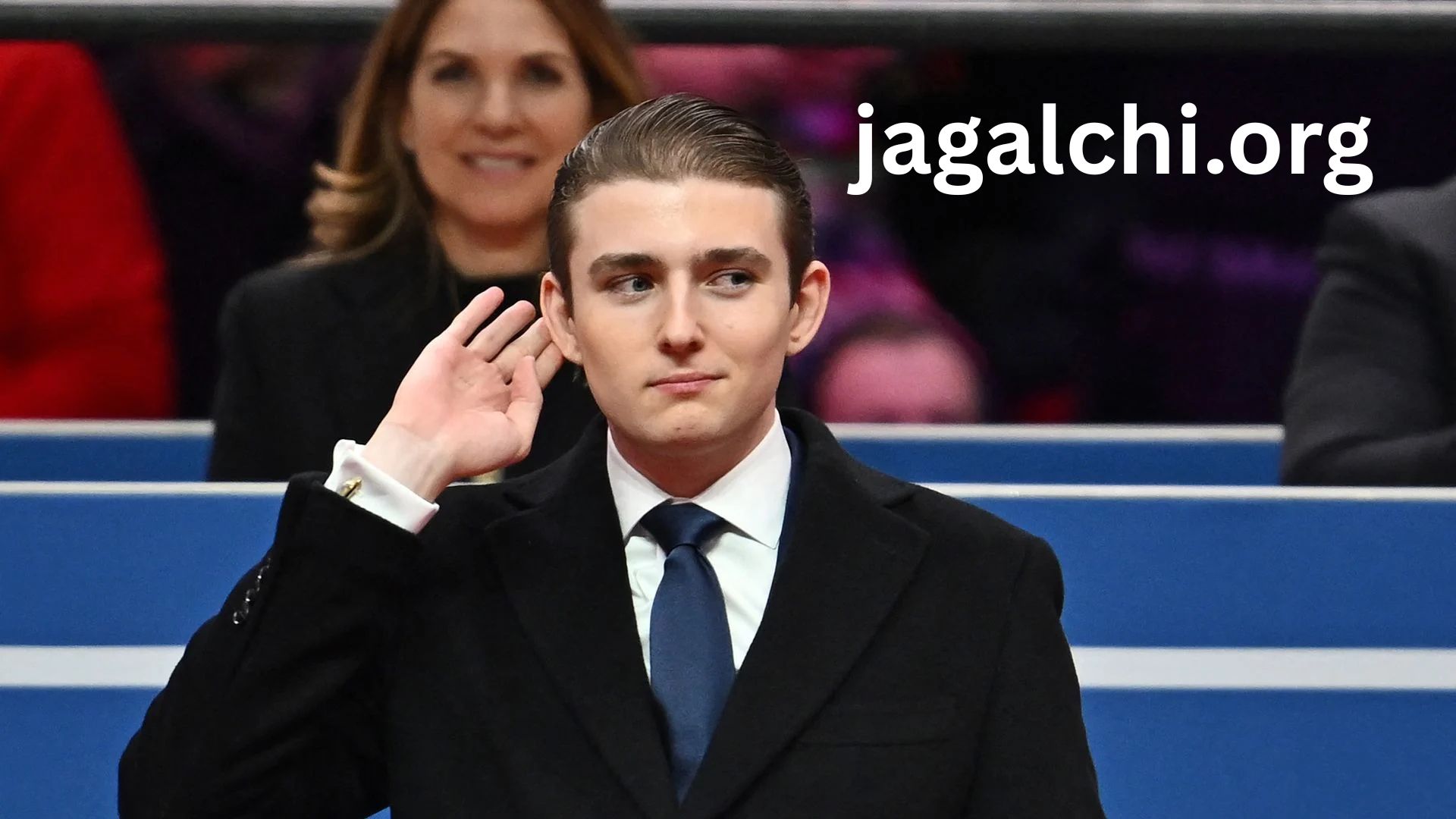Introduction
Judge Lawrence Vandyke Makes Video Criticizing Court’s Ruling on California Magazine Ban. What? Where to draw the line between public safety and constitutional freedoms is one of Justice’s eternal balancing acts in American jurisprudence, and few expose this conflict quite like gun control. Judge Lawrence Vandyke made a video criticizing the court’s ruling on the California magazine ban, an extraordinarily rare and provocative move that aired out a judicial disagreement ordinarily conducted behind the scenes. This action is all the more extraordinary following the Ninth Circuit Court of Appeals’ refusal to hear a challenge to California’s ban on magazines that hold more than 10 rounds. Judge Vandyke, a Trump-appointed conservative jurist who is known for his originalist approach to the Constitution, didn’t just write what’s called a dissent—an opinion by a judge who disagrees with the majority.
Instead, he went out of his way to cut a video statement challenging in the strongest possible terms the reasoning offered by his colleagues. This gesture is a departure from the long history of judicial decorum, in which opinions are conveyed via paperwork and not on video press releases. It points to a brave new world of ways that judges can choose to connect with the public and criticize their own institutions, and it raises questions about where law, politics, and media intersect in the 21st century. This post will break down the decision, Vandyke’s blistering response, and where the implications hit hard on gun law but also judicial behavior.
What Is the California Magazine Ban and the Recent Court Ruling?
At issue is a powerful ordinance known as California Penal Code § 32310, which prohibits large-capacity magazines (LCMs) throughout the state. The law, which has been the subject of legal challenges for years, forbids the manufacture, import, keeping for sale, offering for sale, giving, or lending any magazine that holds more than 10 rounds of ammunition. According to the state of California, the law enshrines the following legislative purposes: “to create more published decisions upholding restrictions on arms; decrease deaths and injuries from mass shootings and other gun crimes by enhancing the tools available to law enforcement; assist in investigation of gun crimes; protect its police officers from criminals with large-capacity magazines, who have a substantial firepower advantage over them; reduce carnage allowing a shooter more time before he has to reload.” Judge Lawrence Vandyke Makes Video Criticizing Court’s Ruling on California Magazine Ban. Check it.
The 9th Circuit’s embattled en banc panel just upheld this ban, in a bitterly divided decision in the case Duncan v. Bonta. The majority opinion, by Judge Susan Graber, drew on a two-step test set forth by the Supreme Court that first examines the text and history of the Second Amendment, followed by an inquiry into whether a regulated item is clearly protected or falls instead under some form of means-end scrutiny. The majority held LCMs as outside the scope of Second Amendment protection under Heller because they are “like” M-16 rifles and were military service weapons, which it asserts[Judge Lawrence Vandyke Makes Video Criticizing Court’s Ruling on California Magazine Ban] Classifying Firearms into Three Categories for Regulatory Purposes 1091 fall “in our history and tradition.” Further, they contended that the Second Amendment, even if it did apply, would be met since the law passes intermediate scrutiny; it is “substantially related to the important governmental interest of reducing gun violence.” That ruling, which overruled one from a 3-judge panel that had blocked the ban, highlighted the deep ideological rift within the circuit.
Who is Judge Lawrence Vandy,ke, and Why Did He Make a Video?
Lawrence VanDyke is a circuit judge on the U.S. Court of Appeals for the Ninth Circuit. Nominated by President Donald Trump and confirmed in 2019, he is a Federalist Society member and widely perceived as a dark-constitution originalist — one who looks at the document’s public meaning when it was written. Before his appointment, he was the Solicitor General of both Nevada and Montana and regularly defended conservative legal ideals.
He determined to form a dissent video that makes this incident so extraordinary. Judges hardly ever speak a word to express their views, except in the form of written opinions: majority opinions, concurrences, and dissents. These are formal technical documents, written for a legislative body. By deciding to do a video recording, Judge Vandyke circumvented this traditional filter and addressed the people. In the video, he’s seen in his judicial robes sitting in front of a bookcase filled with legal texts and delivering a focused and impassioned rebuttal to the majority’s reasoning. This approach is rare for a federal appellate judge, and indicates a concerted effort to elevate his dissent from the legal community to lawmakers, activists, and the public at large. Wow.” A modern strategy to an ancient institution: This muddies the line between a legal judgment and a political statement.
Breaking Down Judge Vandyke’s Legal Criticism: Judge Lawrence Vandyke Makes Video Criticizing Court’s Ruling on California Magazine Ban
In both his written and video dissents, Judge Vandyke’s criticism is multifaceted and scathing. His core argument rests on the Supreme Court’s landmark decision in District of Columbia v. Heller (2008) and its recent reinforcement in New York State Rifle & Pistol Association, Inc. v. Bruen (2022). The Bruen decision specifically rejected the use of means-end scrutiny (like intermediate scrutiny) for Second Amendment cases. Instead, it mandated that the government must affirmatively prove that a firearm regulation is consistent with the nation’s historical tradition of firearm regulation.
Vandyke argues that the Ninth Circuit majority failed this test entirely. He contends that they:
Misapplied Bruen: By still engaging in a scrutiny analysis about the state’s interest, the majority did not follow the Supreme Court’s new “history and tradition” standard.
Ignored Historical Precedent: Vandyke claims the majority could not point to a single historical analogue from the Founding Era that would support a ban on commonly owned firearm accessories. He states that magazines are “arms” within the meaning of the Second Amendment and that the burden was on the state to prove they were historically regulated, which it did not do.
Made a Flawed Analogy: He fiercely criticized the majority’s comparison of standard LCMs to M-16 rifles, calling it a “disingenuous” attempt to place them outside Second Amendment protection.
His video allowed him to emphasize these points with tone and emphasis that a written document cannot convey, adding a layer of dramatic gravity to his legal arguments.
Traditional Dissent vs. Video Dissent: A New Judicial Era?
| Aspect | Traditional Written Dissent | Judge Vandyke’s Video Dissent |
| Primary Audience | Legal professionals, other judges, scholars | The general public, mediaand , political supporters |
| Tone & Style | Formal, technical, measured | Passionate, direct, accessible |
| Impact & Reach | Confined to legal circles, slow dissemination | Potentially viral, immediate, broad reach |
| Perceived Purpose | To persuade colleagues and shape future law | To rally public opinion and criticize the institution |
| Historical Precedent | Common, centuries-old practice | Extremely rare, arguably unprecedented for an appellate judge |
The Implications for Gun Rights and the Judicial Process
What Body of Law Are the Second Amendment Judges Writing? The consequences of this event are two-fold: they affect both the law governing the Second Amendment and what it means to be a judge.
The Ninth Circuit’s decision is a major win for gun control advocates in California and a blow to those with pro-Second Amendment leanings. But the tale is not that simple. Strong dissent, especially from a judge accusing the majority of not just ignoring but “flouting” Supreme Court precedent (Bruen), almost always leads to an appeal to SCOTUS. As Vandyke himself said in his video, “Today’s majority opinion is a ticking time bomb.” The math here is pretty simple—the 6-3 conservative Supreme Court taking this case and reversing the Ninth Circuit that applied Bruen more strictly. This would overturn California’s magazine ban and might even act as a powerful example for undermining such laws elsewhere.
Vadyke’s video, however, sets a potentially disruptive precedent for the legal process. The branch of government nobody wants to be dragged in front of as a defendant, because Judge Lawrence Vandyke makes a Video Criticizing the Court’s Ruling on California Magazine Ban, power is premised so fundamentally on its perceived neutrality and apolitical temperament. By resorting to the kind of communications tool that is more commonly favored by politicians and activists, a judge runs the risk of injecting politics into their role and jeopardizing this perception.
That could make the legal debate more accessible — but also erode public trust in courts as objective arbiters of the law. Experts at the Brennan Center for Justice observed, To remain fair on its face is essential to legitimizing courts. This maneuver may embolden other judges to employ the same teacher tactics, transforming disputes with the bench into public spectacles and further escalating the partisan divide in the judicial branch.
What Happens Next? The Road to the Supreme Court
The legat path forward is now etched in stone. The plaintiffs’ counsel, having twice lost at the en banc level in the Ninth Circuit, are preparing to file a writ of certiorari with the United States Supreme Court. This is a petition that will be filed with the high court. It is also likely that this petition for certiorari will be granted by the Supreme Court because the Ninth Circuit and the test articulated in Justice Thomas’s Bruen majority opinion are on a collision course. What’s aboutJudge Lawrence Vandyke Makes Video Criticizing Court’s Ruling on California Magazine Ban.
If the motion is approved, both sides will be allowed to submit extended briefs, and oral arguments will be scheduled. Whether California’s magazine ban is “consistent with this Nation’s historical tradition of firearm regulation” will be the key factor driving the Supreme Court’s decision. If we look at the makeup of the Court as it stands today, and its most recent decisions, it most likely will reverse the 9th Circuit decision, which would mean that California’s ban on magazines would be unconstitutional.
Conclusion
What is happening when Judge Lawrence Vandyke makes a Video Criticizing the court’s ruling on the California magazine ban? The issue is much more than a routine legal disagreement. It is a moment that crystallizes the heated national conversation about gun rights, the shifting makeup of a Supreme Court reinterpreting constitutional law, and the maturing view of judicial behavior. Vandyke’s video dissent is an extraordinary and unorthodox condemnation of his colleagues for failing in their primary responsibility to adhere to clear U.S. Supreme Court precedent, virtually guaranteeing that the case will make its way to the nation’s highest tribunal. Check again Judge Lawrence Vandyke Makes Video Criticizing Court’s Ruling on California Magazine Ban.




